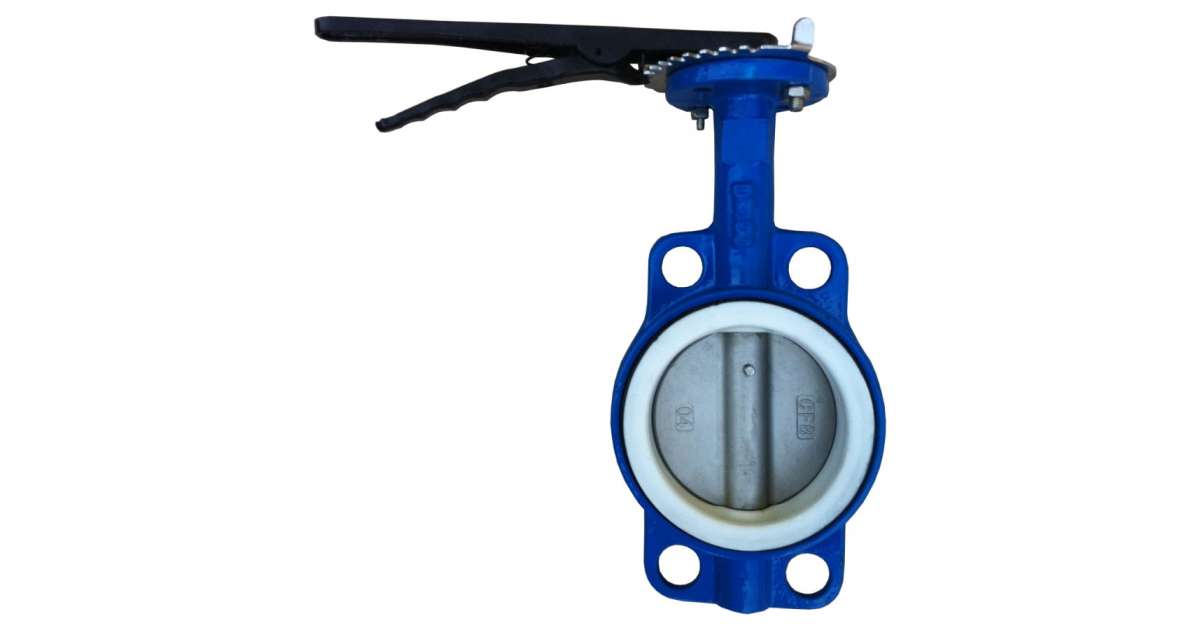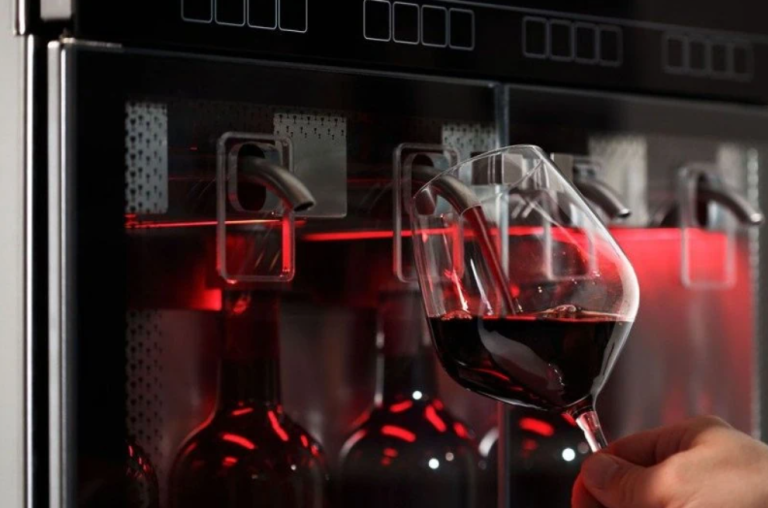In the realm of industrial automation, the integration of motor operated valves has revolutionized the control and management of fluid flow systems. These valves, often called motor-operated valves (MOVs), have become indispensable in various industries, including manufacturing, water treatment, and energy.
Here, you can closely examine the potential of motor-operated bi-directional valves, showcasing how they offer precise control over fluid flow in both directions. Hence, they lead to increased efficiency, reduced energy consumption, and enhanced process automation.
Advantages of Motor-Operated Bi-Directional Valves
Here are the advantages of motor-operated valves, including:
- Precise Control
Motor-operated valves provide precise control over the flow of liquids or gasses. Unlike manual valves, which may have limited accuracy and can be subject to human error, MOVs are engineered to offer consistent and highly accurate control, ensuring that fluids are directed exactly where and when they are needed.
- Bidirectional Flow:
The term “bi-directional valves” indicates their unique ability to control flow in both directions. This characteristic is particularly valuable in industries where fluid direction needs to be reversed quickly and efficiently. For instance, in chemical processing, switching between forward and reverse flow is crucial for optimizing reaction rates and minimizing waste.
- Reduced Energy Consumption:
One of the most significant advantages of motor-operated bi-directional valves is their ability to reduce energy consumption. By precisely regulating fluid flow, these valves can optimize processes, minimizing the amount of energy required for pumping and transportation. It lowers operational costs and contributes to a more sustainable industrial ecosystem.
- Enhanced Safety:
Safety is paramount in industries that deal with hazardous substances or extreme conditions. Motor-operated bi-directional valves can be integrated with safety systems, allowing for remote operation and monitoring. It minimizes the risk to personnel while ensuring that critical processes continue running smoothly.
Applications Across Industries
Let’s take a look at the other applications of motor-operated valves across industries, including:
Manufacturing:
In manufacturing, where precision and efficiency are key, motor-operated bi-directional valves find extensive use. They control the flow of raw materials, coolants, and other fluids within production lines. The ability to reverse flow direction swiftly facilitates product changeovers and minimizes downtime.
Water Treatment:
Water treatment facilities rely on MOVs to manage the distribution of water and various chemicals used in purification processes. The precise control and bidirectional capabilities ensure that water treatment plants can adapt to changing water quality and demand.
Energy Sector
The energy sector benefits immensely from motor-operated bi-directional valves encompassing power plants, oil and gas facilities, and renewable energy installations. These valves are pivotal in regulating the flow of fuel, coolant, and lubricants, optimizing energy production while reducing waste.
Real-World Examples
Now it’s time to see some real-world examples of motor-operated valves:
- Oil Refineries
In oil refineries, motor-operated bi-directional valves control the flow of crude oil and various products throughout the refining process. By precisely managing the movement of fluids, these valves help optimize refining operations, reduce energy consumption, and enhance safety.
- Food and Beverage Industry
In the food and beverage industry, MOVs control the flow of ingredients, ensuring precise mixing and blending. It not only improves product consistency but also reduces waste and production costs.
- HVAC Systems
In HVAC systems, motor-operated bi-directional valves control the flow of hot and cold water or refrigerant. These valves enable precise temperature control within a building, enhancing occupant comfort and improving energy efficiency by only delivering heating or cooling where and when needed.
Conclusion
Motor-operated bi-directional valves are at the forefront of industrial automation, offering precise control, bidirectional flow, reduced energy consumption, and enhanced safety. These valves find applications across various industries, including manufacturing, water treatment, and the energy sector, with real-world examples showcasing their transformative impact. With companies like Advance Valves leading the way, the future of industrial automation looks brighter than ever.










